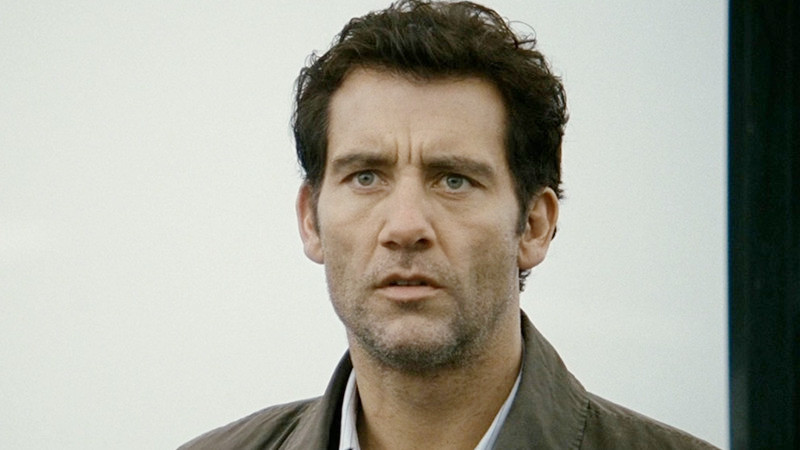
Some thrillers are political, some are mysteries, and some are action thrillers. Some thrillers prop up television schedules, some are genre classics, and some thrillers are forgotten or lost on a streaming site. So, let’s look at some of these thrillers, some of which deserve more attention and a little more love.
1. Match Point (2005)
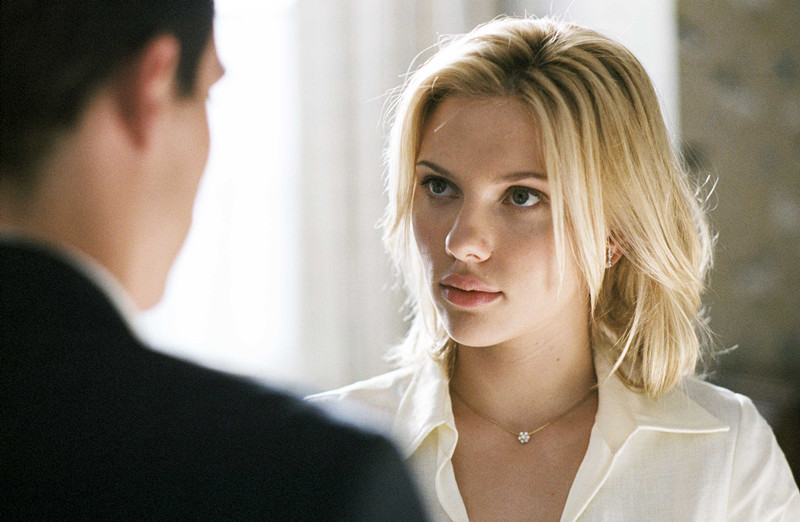
Chris Wilton (Jonathan Rhys Meyers), a keen tennis nut, marries Chloe (Emily Mortimer), a prim and good-natured English girl. Chris enjoys being a part of Emily’s wealthy family, and even though his marriage to Chloe is a sham, Chris stays with Emily as he wants the wealth and opportunity that Chloe’s family offers.
Chris is also having an affair with Nora (Scarlett Johansson), an aspiring American actress, who becomes pregnant. Believing that Chris will leave his wife for her, Nora becomes erratic, promising to tell Chloe of her husband’s sordid affair. To silence her and to continue on the gravy train with his sham marriage to Chloe, Chris murders Nora…and gets away with it.
Before Match Point, director Woody Allen rarely left the Manhattan shoreline of New York City. Filmed in 2004, Match Point began a new phase of Allen’s career, where the director would film a couple more flicks in London and even a few films in sunnier climes with Vicky Cristina Barcelona and Midnight in Paris.
Match Point begins with an effective voiceover, establishing the theme of fate and luck and the importance of chance in everyday life. It’s a bit of a slow burn leading to Nora’s murder, with many nods to Dostoevsky and observations on the class system and the nature of guilt. There are also some erotic sex scenes involving blindfolds, massage oils and tumbles in the grass, with Scarlett Johansson, fresh from Lost in Translation, offering up a star turn as the sexually charged Nora.
Anyone expecting Match Point to be another Manhattan would be disappointed, as Match Point is much more sombre and darker, much more like Allen’s Crimes and Misdemeanors from 1989. Although not the lover letter that Manhattan was for New York, Match Point offers a postcard view of London. Never top-tier Woody Allen; Match Point still has plenty to offer – an enjoyable, if not low-key thriller, from a master filmmaker.
2. The Invasion (2007)
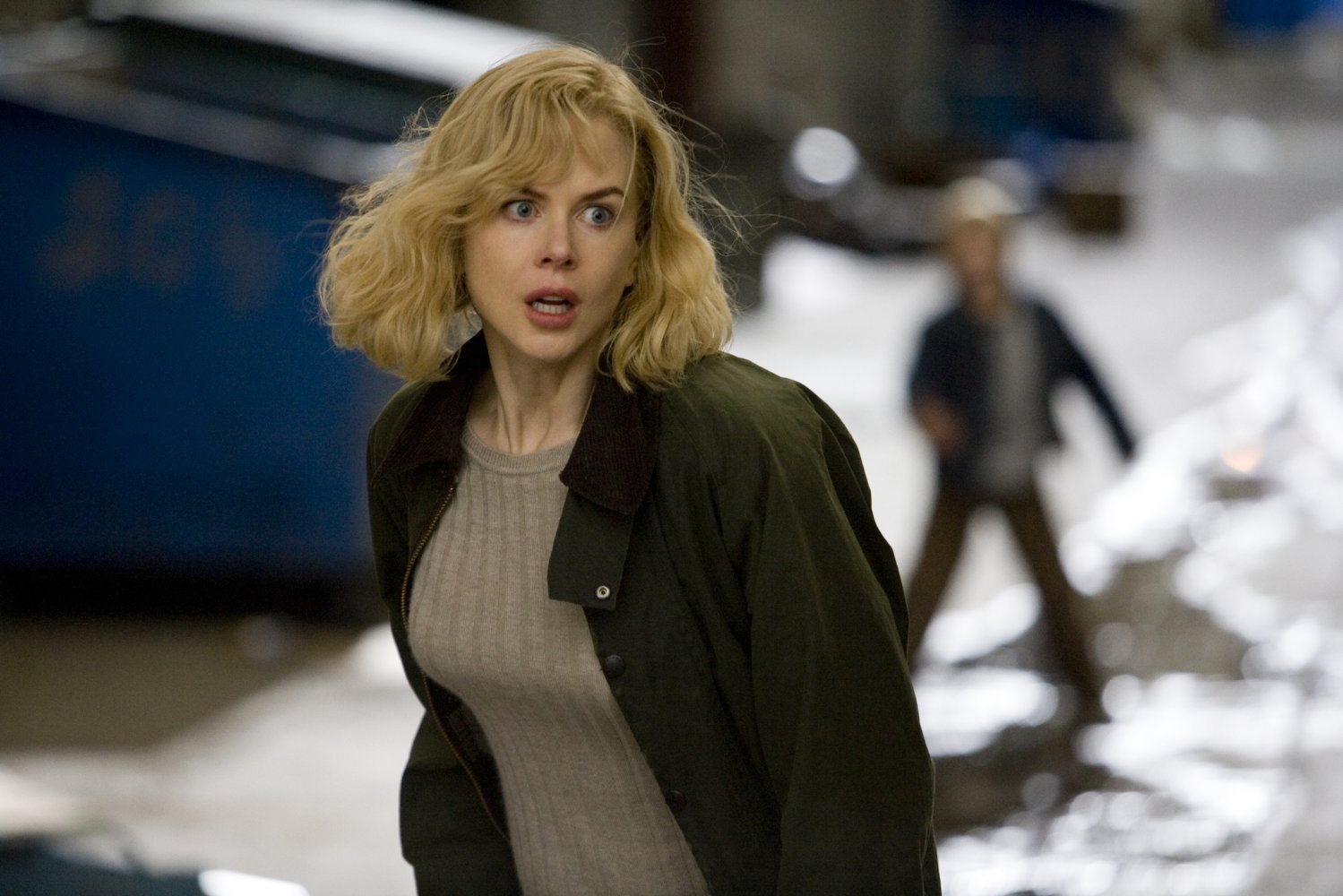
There was Don Siegel’s classic black and white favourite from 1956, Phil Kaufman’s “Watergate version” in the 1970s, and let’s not forget Abel Ferrara’s underrated 1990s offering Body Snatchers. By now, we’d all know the story, you’d think.
Yet, in the mid-2000s came another film adaptation of Jack Finney’s classic novel, The Body Snatchers. This time, it’s just called The Invasion, with Hollywood star Nicole Kidman playing psychiatrist Carol Bennell, who must race against time to save her young son from an alien virus.
Unlike the other versions of the book, there are no large pods where “pod people” grow inside. This time, alien spores arrive on Earth when the spacecraft the spores are hitching a ride on explodes on re-entry, leaving debris scattered for miles.
Touching the debris from the crashed spacecraft can infect you with a flu-like plague that takes over a person’s DNA while they sleep. If that doesn’t get you, the vomit from those infected does the job just as well.
The Invasion had a troubled shoot, with different directors (including the Wachowski siblings), reshoots involving a different ending and the addition of action sequences to bump up the action quota. Work on the initial screenplay began with a political allegory regarding the September 11th attacks, overseas war and the then ongoing Bush Administration before shifting gears to a more by-the-numbers sci-fi shocker.
Veronica Cartwright, who had a memorable role in Philip Kaufman’s 1978 version, returns in a clever cameo. Daniel Craig fills in the required doctor friend/love interest role to Kidman’s brave psychiatrist. And Jeremy Northam is suitably sinister as Tucker Kaufman, the ex-husband of Kidman’s psychiatrist and one of the first people affected by the alien virus.
Somewhat strangely and predating COVID-19 by a dozen or so years, the flu-like symptoms linked to the infection – and the swift vaccine created by government scientists in The Invasion look creepily prescient when watching the film today. Concerning the film, this fourth adaptation could be better, relying too much on bog standard action scenes. Yet, despite its faults, it’s still an enjoyable film with some effective scares.
3. Femme Fatale (2002)
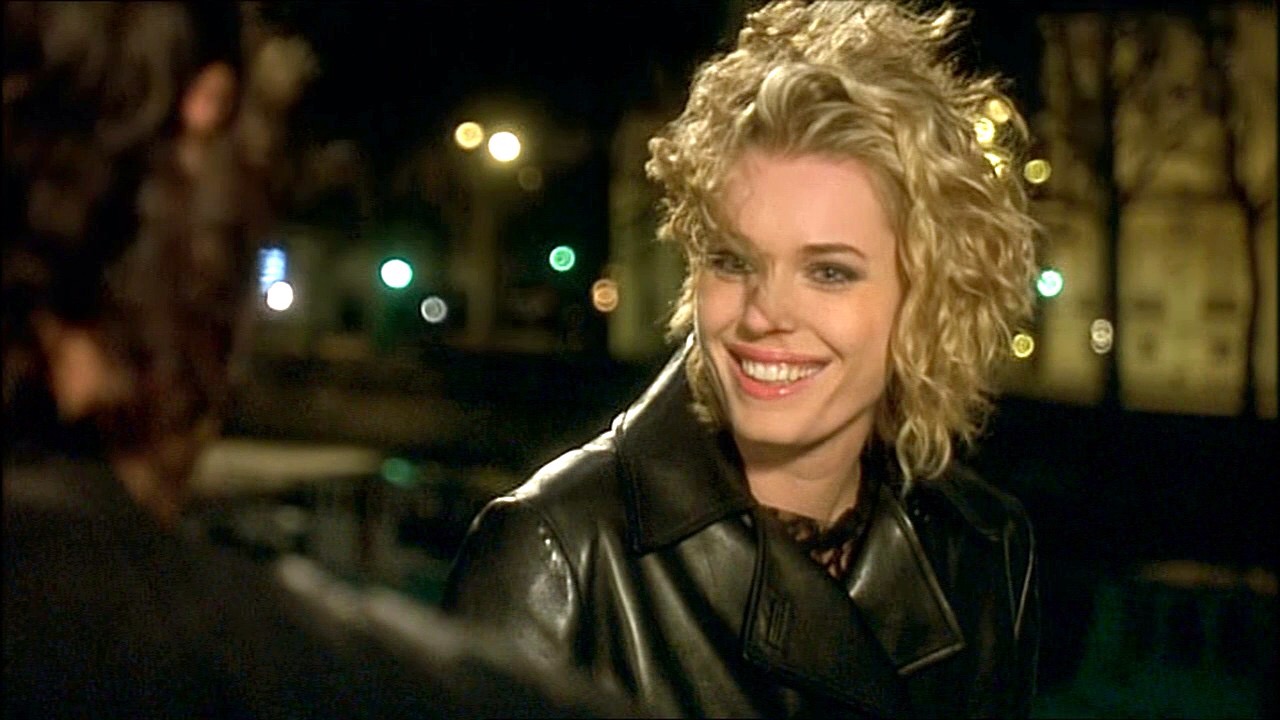
After the failure of Mission to Mars, Brian De Palma’s next project would take him to Paris, with De Palma tailoring his script to his new star, Rebecca Romijn-Stamos, who was best known (and still is) for her role as the mutant shapeshifter Mystique in the original X-Men trilogy.
Lifting his title from the Femme Fatales of film noir, De Palma’s film begins in a bravura opening sequence at the Cannes Film Festival. There’s a diamond heist with the typical mix of spy cameras and close-ups of CCTV monitors. Veronica (Rie Rasmussen), a supermodel accompanying a film director (real-life director Régis Wargnier) at a film premier, gets erotically seduced by Laure (Rebecca Romijn-Stamos) in a bathroom at the Palais du Cinema. Laure strips the diamond ensemble from Veronica’s body, stealing the diamonds and double-crossing the rest of her criminal gang.
While hiding in Paris, Laure gets mistaken for another woman, with Laure ultimately stealing the other woman’s identity. The film then skips seven years in the future, and we find Laure living under a new identity as “Lily”, the wife of an American ambassador to France. A photographer (Antonio Banderas) snaps Lilly’s picture, and as the image is plastered all over Paris, it’s not long before her old gang is hot on her trail, seeking revenge.
As you would hope from such a formidable thriller specialist, Femme Fatale is cram-packed with all the familiar tropes of Brian De Palma’s back catalogue: split screens, doubles, slow motion and split diopter shots.
On North by Northwest in the 1950s, screenwriter Ernest Lehman wanted to make “the Hitchcock picture to end all Hitchcock pictures.” With Femme Fatale, De Palma is doing the same – a Brian De Palma film to end all Brian De Palma films – as anyone with a passing familiarity with De Palma’s oeuvre will find in Femme Fatale, nods to former glories like Body Double and Blow Out.
The cast is pretty good, too, with De Palma regular Gregg Henry popping up and Rebecca Romijn-Stamos well cast as a “Hitchcock Blonde”. Femme Fatale is a film full of cinematic craftsmanship, leading the audience one way before pulling a couple of clever plot twists along the way – a fun and inventive thriller not to be missed.
4. Shiner (2000)
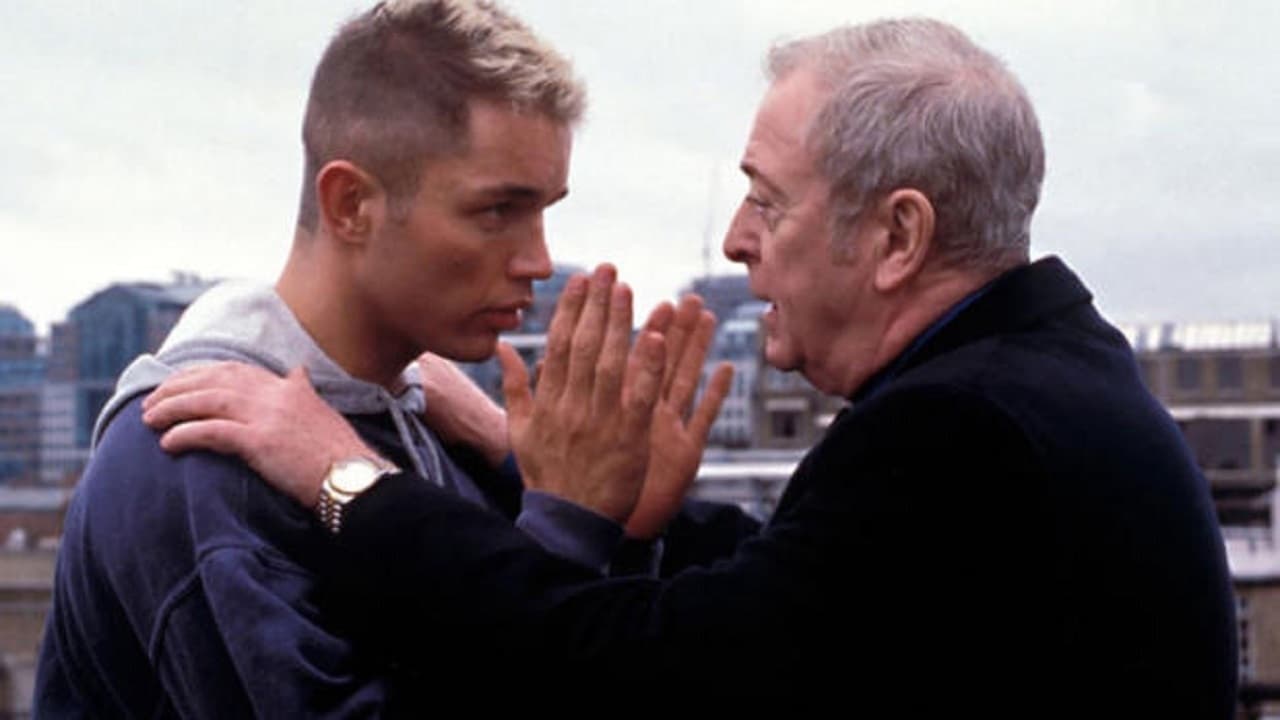
British director John Irvin has had a mixed career, mixing dumb action films like Raw Deal with more comedic fare like Widows’ Peak and A Month by the Lake. In the early noughties, at a time when there seemed to be an endless slew of British gangster films, Gangster No. 1, Sexy Beast, etc. Director John Irvin combined his gritty back catalogue and lighter comedic films to produce the gangster film Shiner.
Returning to his Get Carter roots, Michael Caine plays Billy “Shiner” Simpson, a small-time boxing promoter who wants to move to the big time.
Operating in a world that Billy wishes to be a part of is American boxing promoter Frank Spedding (Martin Landau). So, chasing the big time and squaring off with Frank, Billy has his only son, Eddie “Golden Boy” Simpson (Matthew Marsden), fight the American champion Michael “Mikey” Peck (Derrick Harmon) in the ring.
Billy has all his money and his family’s future resting on his son Eddie winning the fight. Yet, Eddie loses the fight, and Billy’s world falls apart. Believing he was stitched up; Billy seeks revenge and his King Lear-style downfall; the desperation of a man whose past catches up with him is the most successful part of the film.
Other parts are less successful; the post- “Lock, Stock” dialogue is sometimes below par, sounding more like a gritty episode of The Bill. Yet, Billy’s downfall, his ruthless search for answers, is the film’s better half, and Caine’s masterful performance in Shiner shines.
A pre-stardom Andy Serkis is among the cast, too and just like American import Martin Landau has little to do, as Shiner belongs to screen icon Michael Caine. In the same year as Shiner, Caine had starred in the dire remake of Get Garter, where Sylvester Stallone, Caine, and Mickey Rourke may have sat around at lunch discussing how far their careers had fallen.
Caine makes up for that career nosedive in Shiner with a superb performance, punching above the average screenplay and tired gangster clichés. Shiner is no knockout thriller, but it’s a violent and raw gangster film with a winning performance by Michael Caine.
5. The International (2009)
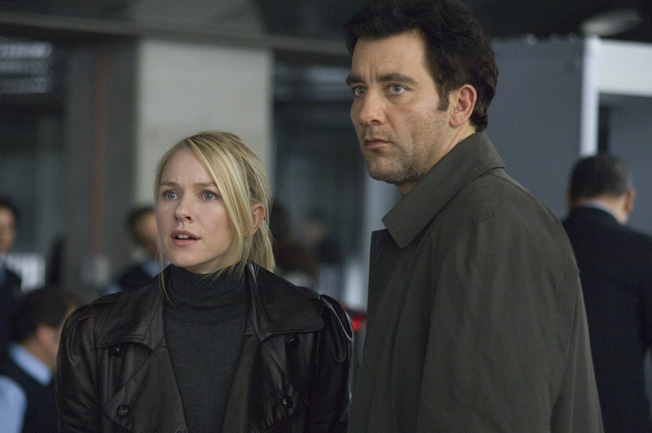
Around the time of the release of The International in 2009, the buzz of star Clive Owen as a would-be Bond had cooled considerably. Yet, the talk of a potential contract as 007 led the actor to a string of beefy leading roles, including Inside Man, Children of Men and Shoot’ Em Up.
Even though the actor looked good in a tux as far back as Croupier, in The International, Owen doesn’t get to play Bond, but an Interpol agent obsessed with bringing a shady bank to justice, switching a tuxedo for a well-worn raincoat.
Along with an Assistant District Attorney (Naomi Watts) as a sidekick, Owen’s Louis Salinger investigates the International Bank of Business and Credit (IBBC) and its links to bankrolling world terrorism and money laundering – “a bank of choice for organised crime”.
The film begins promisingly in a rain-soaked Berlin train station, where Thomas Schumer (Ian Burfield), from the New York District Attorney’s office, meets a key witness with links to the IBBC in Luxemburg. No doubt, inspired by the actual Cold War assassination of Georgi Markov, where Markov was pricked by an umbrella loaded with poison, Schumer is dispatched in a similarly sneaky way.
Salinger, aware that Schumer was murdered, travels to IBBC headquarters in Luxemburg and begins to piece together the bank’s links to an illegal arms deal, with his investigation leading him to Milan, where there’s an impressive assassination sequence followed by an even better shootout sequence at the Guggenheim in New York.
Reminiscence of such 70s favourites as The French Connection, The International also draws paranoid inspiration from The Conversation, The Parallax View and Three Days of the Condor. Much like those flicks of yesteryear, The International pits the villains as middle-aged men dressed in business suits. Released after the 2008 financial crisis, the depiction of shady bankers as the bad guys in The International was contemporary, perhaps even believable.
Clive Owen, with his 100-yard stare, barely cracking a smile throughout, is suitably paranoid, obsessed and determined. Overall, The International is an intriguing espionage thriller with impressive set pieces and a fine cast.